Every curve of the stone bridges in Zagori caught me off guard, honestly making it impossible to pick just one as the most beautiful. The archways and solid stone paths, surrounded by green hills and massive rock faces, felt like something out of a fairy tale.
There’s a certain magic in wandering from bridge to bridge. Each one has its own vibe and a story to tell.
My search for the most beautiful stone bridge took me down twisting paths, across rivers, and into peaceful villages. From the well-known Kokkori Bridge with its elegant curve to the hidden spans tucked away in the trees, every stop gave me a fresh look at Zagori’s wild beauty.
If you’re into scenic walks, old-world architecture, and landscapes you won’t forget, Zagori’s stone bridges deliver an adventure you’ll remember. Whether you find a favorite or end up loving all of them like I did, this part of Greece is a dream for anyone chasing legendary bridges.

Discovering Zagori’s Timeless Stone Bridges
Zagori’s stone bridges really show off the skill and history that northern Greece holds. Each bridge quietly arches over wild rivers, framed by stone villages and deep forests.
Crossing one feels like stepping into another era.
A Brief History of Zagori’s Iconic Architecture
Walking through Zagori, I can almost feel the past in the careful stonework and rustic touches. Builders put up most of these bridges between the 18th and 19th centuries, during the Ottoman era.
Wealthy families and merchants funded these structures, making travel and trade easier between villages like Papigo, Monodendri, and Kipi.
Local master builders, called “Koudoumatades,” shaped these bridges. They built graceful arches and sturdy bases that still stand strong after all these years.
A few bridges, like Plakidas and Kalogeriko, even have double or triple arches, which is pretty rare in Greece.
When I visit these bridges, I realize their beauty goes beyond looks. They actually opened up new routes for trade, study, and visiting friends across the valleys.

The Art and Engineering Behind Stone Bridges
Zagori’s bridges aren’t just crossings; they’re proof of amazing craftsmanship. Builders used local limestone and sandstone, shaping each piece by hand.
They built arches with simple tools, relying on experience and basic math—no modern machines here. The keystone at the top of each arch spreads out the weight, letting the bridges survive floods and even earthquakes.
What really strikes me is how the bridges fit into the landscape. No ugly concrete or metal spoils the view.
The most stunning ones, like Kokkoris Bridge, curve over the river in a way that just feels right with nature.
Each bridge has its own twist. Some are slim and delicate, just for walkers, while others are wide enough for a cart.
Exploring them feels like a mini adventure every time—sometimes I’m high above the Voidomatis River, other times I’m snapping photos with a village in the background.
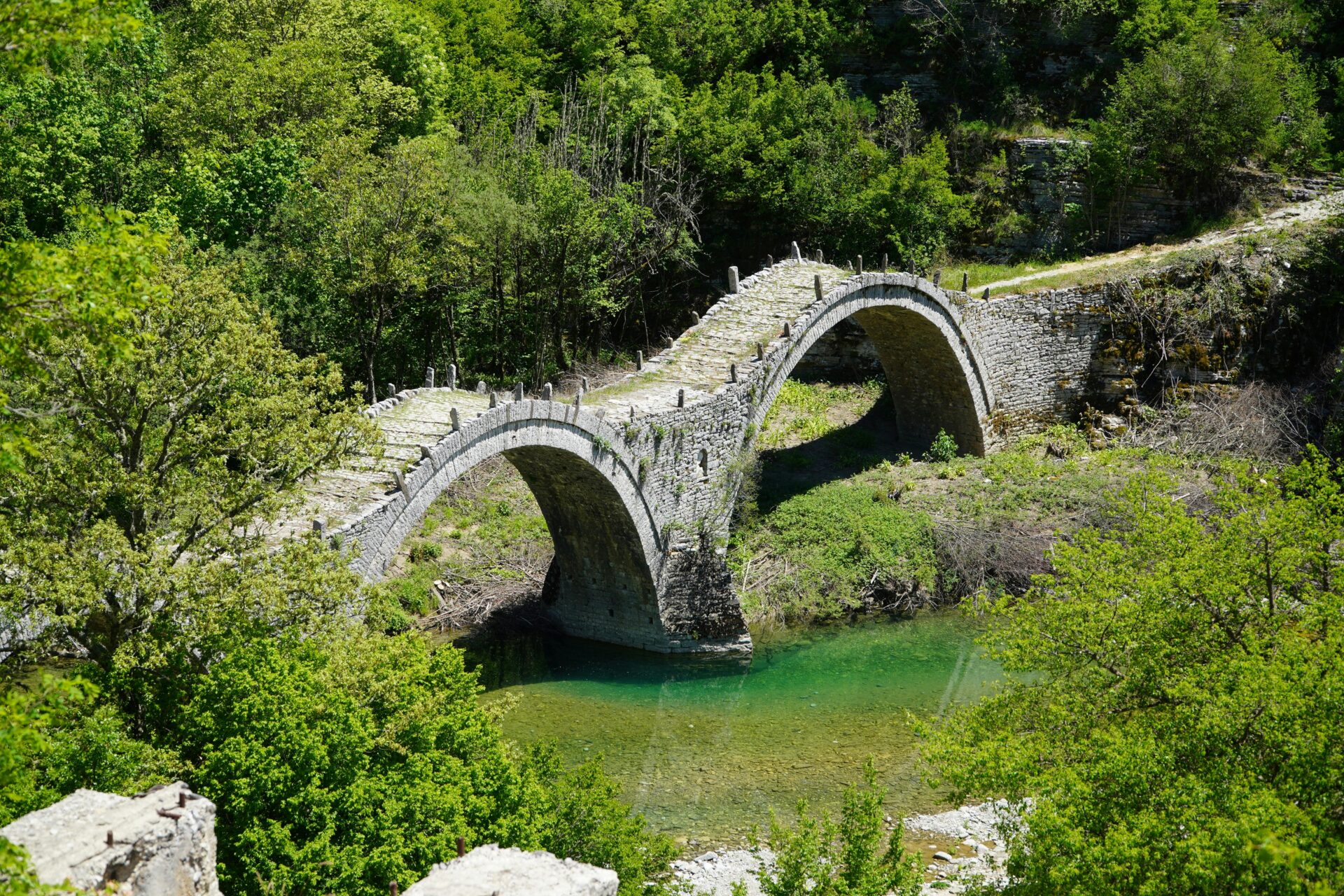
Why Zagori Stands Out in Greek Heritage
Zagori doesn’t get the same hype as the big museums or city sites in Greece, but it offers a different take on Greek culture.
Instead of marble temples, you find stone villages and the bridges that connect them.
When I chat with locals in places like Vitsa or Megalo Papigo, I can tell they’re proud of their bridge-building roots. These bridges now show up in legends and guidebooks, drawing travelers looking for a quieter, more natural slice of Greece.
Many old villages are now protected, with stone houses and cobblestone paths leading right to the bridges. Sometimes you’ll find organized trails or small museums that explain how these marvels came to be.
That living history makes each bridge more than just a photo op—it’s a real link to the past.

The Unforgettable Bridges: My Top Picks
Every bridge in Zagori tells a different story. Some are instantly recognizable, but plenty of others are waiting to surprise anyone willing to explore a bit more.
The Kokkoros Bridge: A Symbol of Patience and Craftsmanship
When I stepped onto Kokkoros Bridge (some call it Kokkori), it felt like I’d wandered into a painting. This stone arch stands out for its sturdy shape and understated beauty.
Local builders finished it in 1750, using no mortar—just fitting the stones together by hand.
What sticks with me is the bridge’s sense of support and strength. It stretches over the Voidomatis River, making it easier for people to get around, even during rough winters.
Time seems to slow down here. I found myself just staring at the details in the stonework.
The area around Kokkoros Bridge is perfect for ecotourism too. Trails follow the river, and the only noise comes from birds and water. It’s a peaceful break from busy roads, with natural beauty everywhere.

The Plakidas (Kalogeriko) Triple-Arch Wonder
Plakidas Bridge stands out with its rare triple arches. Built in 1814, it once linked up several villages.
When the river is calm, those three arches reflect in the water and almost look magical, especially in the early light.
Crossing Plakidas felt like more than just a scenic stroll. The bridge is unusually wide and flat, almost like a stone ribbon floating over the water.
Nearby signs explain the engineering—layers of stone, fitted together without mortar. The builders really understood balance and weight.
No wonder this spot is a favorite for travel photos.
Hikers often add Plakidas to their routes. Trails wind past old trees and rocky cliffs, with the bridge as the perfect place for a picnic or just a quiet moment.
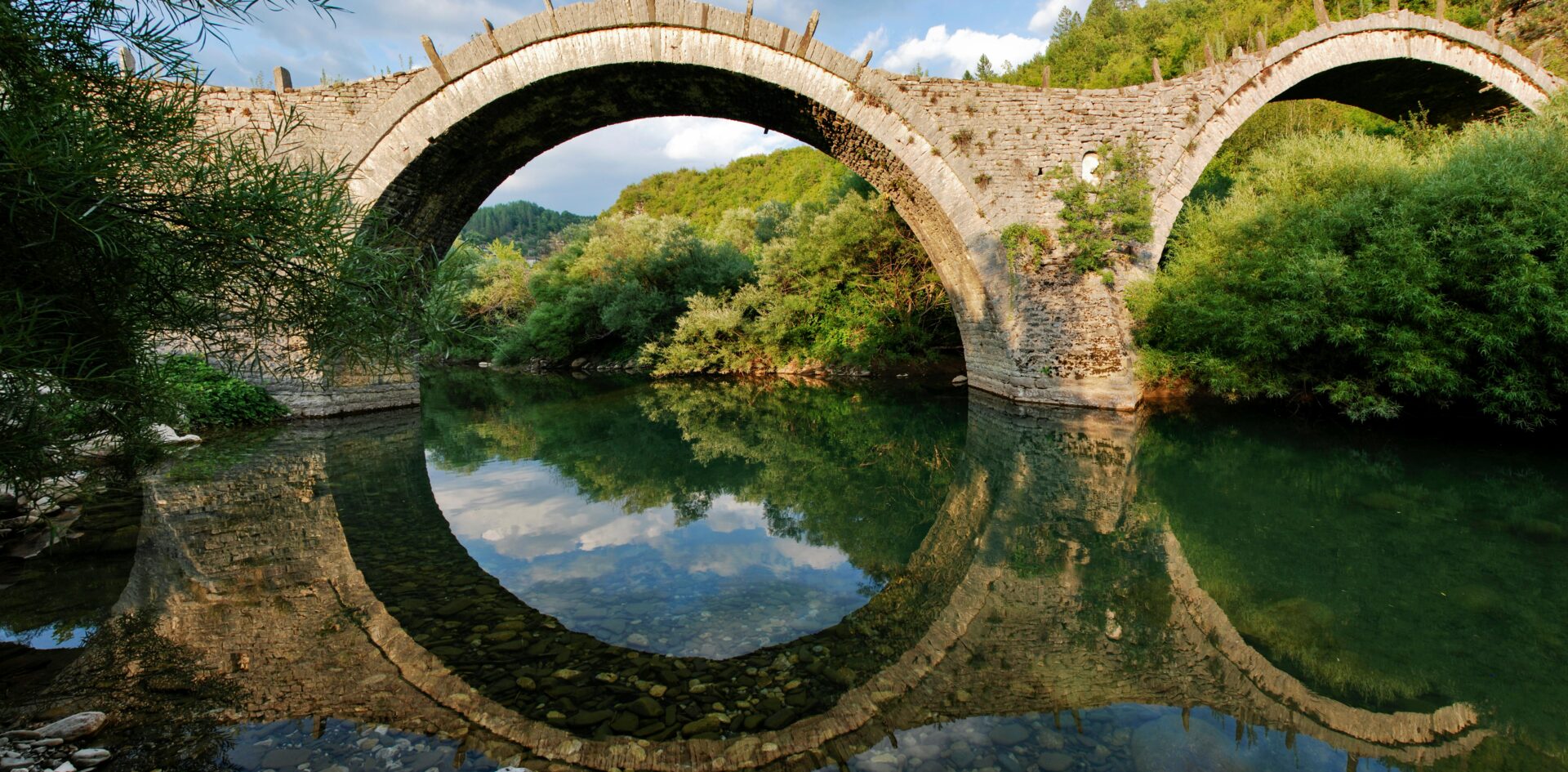
Hidden Gems: Underrated Bridges Beyond the Classics
Sure, bridges like Kokkoros and Plakidas get most of the attention, but I found plenty of lesser-known bridges just as memorable.
Take Missios Bridge, for example. It’s smaller, tucked in thick forest, and the silence there lets you just breathe and think.
These hidden gems reward anyone willing to slow down. Sometimes I’d stumble across a bridge covered in moss, shaped by centuries of feet but still holding strong.
Locals keep these bridges in good shape, even if not many tourists find them.
Exploring beyond the classics adds a bit of adventure. Ecotourism efforts encourage visitors to spread out, which helps keep even the quietest corners of Zagori preserved.

Planning Your Bridge-Hopping Journey in Zagori
When I planned my trip to Zagori, I quickly realized that timing, finding the right place to stay, where to eat, and understanding local customs could change everything.
Each choice made my time among these bridges much richer.
Best Times to Visit and Seasonal Considerations
Late spring (May–June) and early fall (September–October) are the best months for hiking and seeing the bridges. The weather is mild, trails aren’t crowded, and wildflowers or autumn colors really bring the scenery to life.
Summer gets busier and hotter, but mornings and evenings stay cool in the mountains.
Winter is quiet and beautiful, though heavy snow can block trails and make some bridges hard to reach. Some hotels and restaurants close in the coldest months.
If you plan to hike, always check trail conditions before heading out. I learned to pack rain gear—showers can pop up, even outside of winter.
In spring, rivers and streams run higher, adding drama to the landscape. If you have allergies, keep in mind that pollen can be strong in late spring.
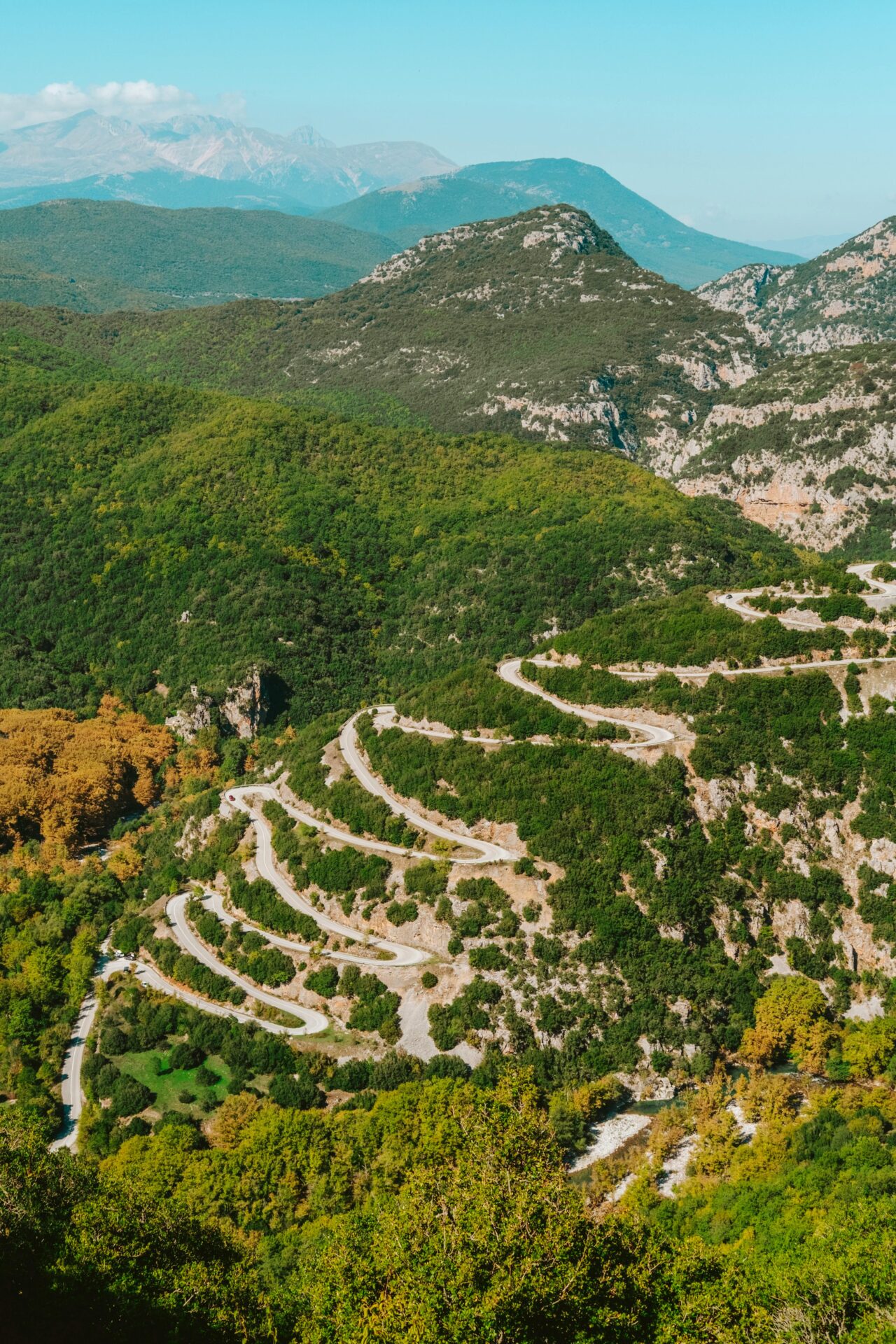
Accommodations in Picturesque Villages
I picked Kipi as my base, and it turned out great—there are several cozy guesthouses built from local stone.
Most villages, like Monodendri, Papigo, and Dilofo, have family-run hotels, boutique inns, or homestays. Many places are old mansions renovated to blend tradition and comfort.
Here’s a quick list I found helpful:
| Village | Top Accommodation Type | Atmosphere |
|---|---|---|
| Kipi | Guesthouses, lodges | Quiet, historic |
| Monodendri | Boutique hotels | Lively, central |
| Papigo | Mountain inns | Scenic, open views |
| Dilofo | Cozy homestays | Peaceful, rural |
Booking ahead saves stress, especially in high season. I always check reviews for Wi-Fi, breakfast, and whether rooms have heating or A/C, depending on the month.

Must-Try Local Restaurants for Foodies
Trying the local food turned out to be one of my favorite parts of the trip. In Vitsa and Aristi, I found tavernas serving mushroom pies, wild boar stew, and homemade pasta.
Every meal started with thick bread and local feta.
Vegetarians will find plenty too—spanakopita (spinach pie) and dishes with local greens are everywhere. Restaurants often use ingredients from their own gardens or nearby farms.
Some spots close early or need a reservation, especially in the off-season. I always ask locals for recommendations—they usually know where to find the best baklava or mountain honey.
A couple of places I wouldn’t skip:
- Kanela & Garyfallo (Vitsa): Awesome for mushrooms and local wine.
- Pita tis Kikitsas (Monodendri): Their pies, especially pumpkin, are legendary.

Navigating Customs and Local Etiquette
People in Zagori are friendly, though they might seem reserved at first. A simple “Kalimera” (good morning) usually gets a warm response.
When I walked into a shop or taverna, I always greeted the owner.
Tipping isn’t required, but rounding up the bill is appreciated. I dressed modestly in churches and kept a scarf handy for covering my shoulders.
If someone invites you to their home, it’s polite to bring a small gift—sweets or a bottle of wine work well.
Schedules can be flexible here—buses and shops don’t always run on the dot. English is spoken in many hotels and restaurants, but tossing in a few Greek phrases goes a long way.
I noticed locals are happy to help if you’re patient and respectful.

Getting to and Around Zagori’s Stone Bridge Region
Reaching Zagori and exploring its stone bridges takes some planning, but honestly, it’s worth every bit of effort.
From paperwork to transportation and tour options, having the right info makes exploring these mountains much smoother.
Entry Requirements and Travel Insurance Tips
I made sure to check Greece’s entry rules before packing my hiking boots. Most visitors from the EU, US, Canada, and Australia don’t need a visa for stays under 90 days, but you do need a passport valid for at least six months.
Rules can change, so I always double-check government sites before booking anything.
Travel insurance is a must. Some villages are pretty remote, and medical care can be limited.
I picked a policy that covers accidents, cancellations, and medical emergencies. Some plans even include extra coverage for hiking or adventure activities.
Travel advisories and specialized insurance providers helped me get ready. I kept digital and printed copies of important documents, just in case.

Traveling from Athens, Thessaloniki, and Beyond
Getting to Zagori from Athens or Thessaloniki takes a bit of time, but it’s pretty straightforward. From Athens, I took a direct bus or rented a car—it’s about a 5-6 hour drive with some beautiful scenery along the way.
Thessaloniki is closer, usually a 3-4 hour drive.
If you prefer public transport, long-distance buses (KTEL) connect both cities to Ioannina, the main regional hub. From Ioannina, you can catch local buses or grab a taxi up to the Zagori villages, though service is limited, especially on weekends.
Renting a car in Ioannina gave me the freedom to visit several bridges and villages on my own schedule.
I recommend checking different travel resources for up-to-date schedules and ticket prices, since routes and frequency can change with the seasons.

Options for Group Tours and Self-Guided Adventures
You’ve got a bunch of ways to explore Zagori’s stone bridges. I stumbled on plenty of organized tours that handled everything—transport, guided walks, and even local tales. Some tours last just a day, while others stretch into multi-day trips focused on history, hiking, or food.
If you want more freedom, self-guided adventures are simple to set up too. I grabbed detailed maps from travel websites and picked out a few circular hikes starting in villages like Kipi.
Most trails have clear markings. But if you’re not confident with navigation or want to avoid any guesswork, group tours really do take the stress away and add some local insight.
| Option | Pros | Cons |
|---|---|---|
| Group Tour | Guided insight, easy transit | Less flexibility |
| Self-Guided | Freedom, personal pace | Requires planning skills |
If you’re heading here in the busy season, booking ahead saves hassle and helps you actually enjoy your time among Zagori’s bridges.
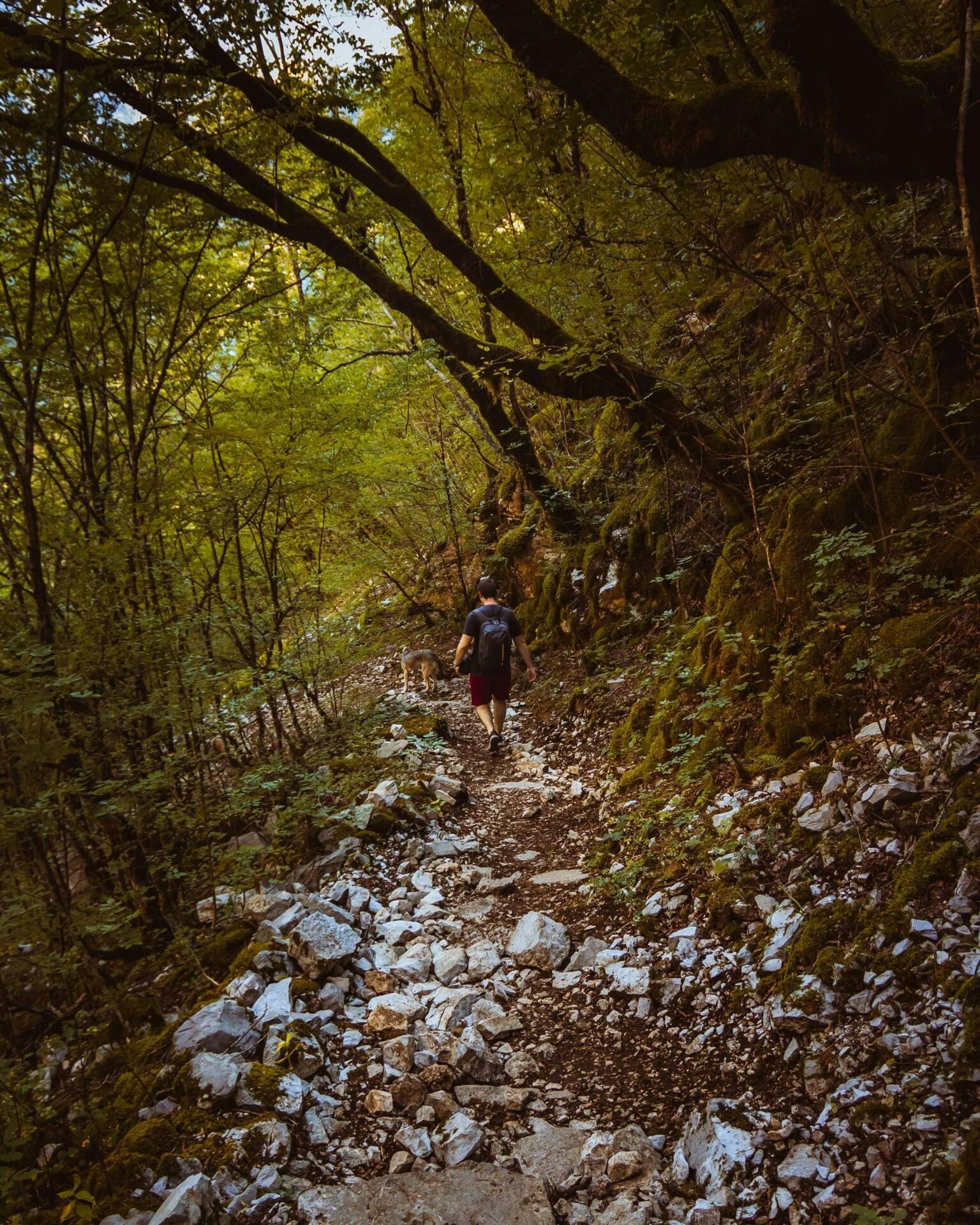
Enhancing Your Zagori Adventure: Beyond the Bridges
Zagori isn’t just about its famous stone bridges. This region bursts with walking trails, traditional villages, and gateways to stunning corners of Epirus and the Greek coast.
Hiking, Nature Trails, and Ecotourism Opportunities
Honestly, few places have tempted me to hike more than Zagori. The Vikos Gorge—one of the world’s deepest—steals the show. Walking along its rim or dipping into the canyon feels like stepping into another era.
I found trail signs everywhere. I didn’t need to be an expert to enjoy the routes.
Interactive maps helped me plan walks between bridges and villages. Along the way, signs pointed out rare plants and wildlife.
I kept spotting butterflies, wildflowers, and birds. They added pops of color to the rocky scenery, making each step a little adventure.
Ecotourism here isn’t just trendy talk. Many guesthouses actually use eco-friendly practices. Guided walks taught me about conservation, and I met other travelers who cared about preserving this wild place.
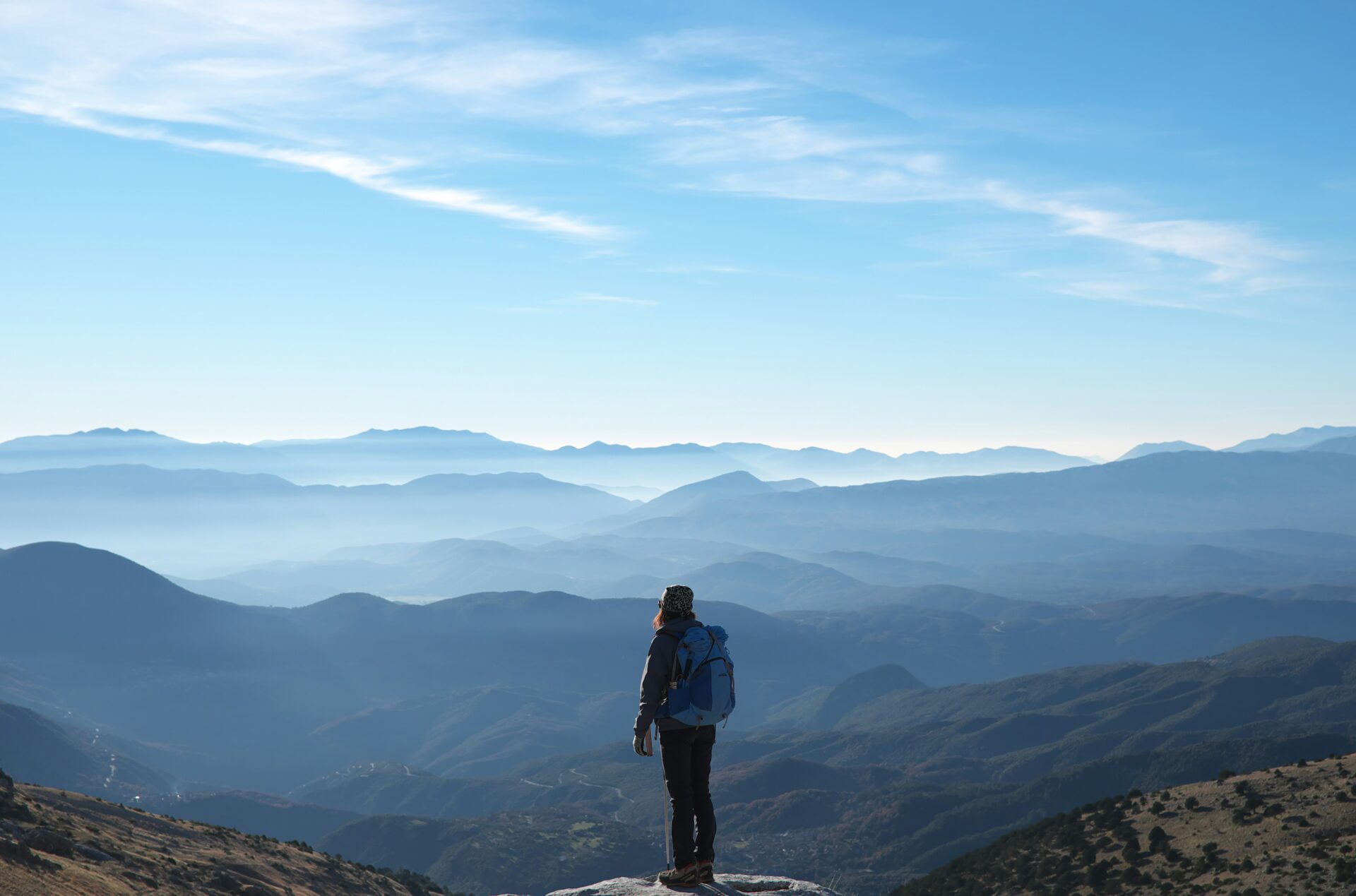
Charming Villages and Must-See Attractions Nearby
The stone bridges connect more than footpaths—they really tie together the spirit of Zagori’s villages. Papingo’s cobbled lanes and Monodendri’s lively square caught my eye right away.
Kipi makes a great base for exploring. I hung out in traditional cafes there and tried local cheese pies.
Must-see spots include:
- Vikos Gorge Viewpoints: Panoramic spots above the valley.
- Kokkori and Plakida Bridges: Two of the region’s most photographed sights.
- Local Museums: Small museums in Monodendri and Tsepelovo show off folk art and history.
One of my favorite moments was chatting with artisans weaving rugs and sipping tsipouro in a shady courtyard. Every village seems to put its own spin on Epirus architecture.

Day Trips to Epirus, Greek Islands, and Surrounding Regions
Zagori can keep you busy for days, but Epirus offers easy day trips that shake things up a bit. Ioannina, the capital, mixes lively markets with lakeside views. It’s only about an hour’s drive.
If you’re craving the sea, the Ionian coast—places like Parga and Sivota—waits just beyond the mountains. Some folks catch ferries from Igoumenitsa to Corfu, which is honestly a top pick for a quick island break.
Sample Itinerary:
| Starting Point | Destination | Highlights | Travel Time |
|---|---|---|---|
| Zagori | Ioannina | Castle, old town | 1 hour |
| Zagori | Parga | Beaches, castle views | 1.5 hours |
| Zagori | Corfu (via Igoumenitsa) | Greek island cafes, beaches | 2-3 hours (drive + ferry) |
With so much nearby, I mixed mountain hikes with village visits, beach days, and even a quick island hop.
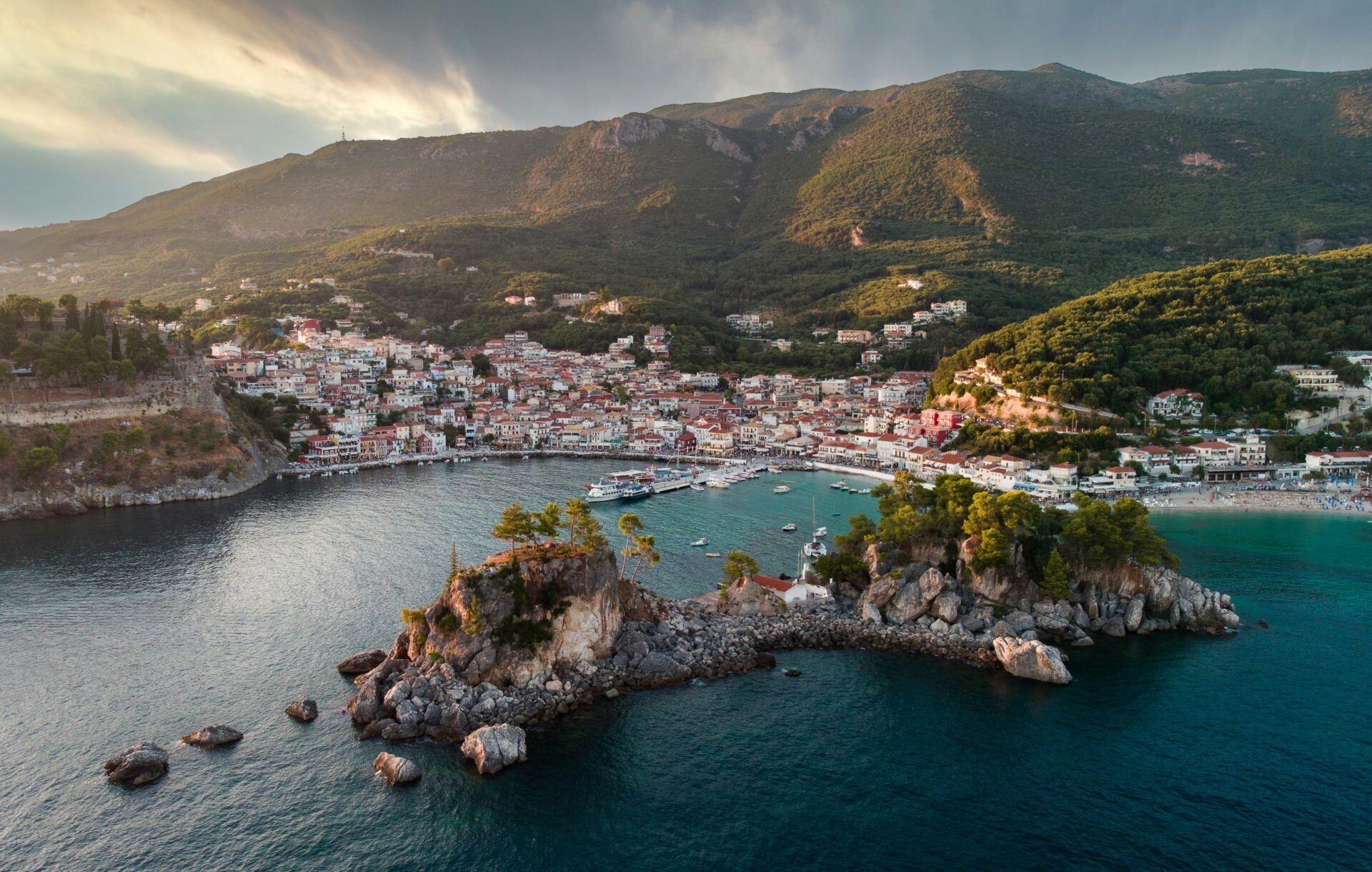
Recommended Resources and Insider Tips
When I set out to explore Zagori’s famous stone bridges, I realized there’s a whole world of guides, tours, and helpful tips that can really improve your trip. Careful planning led me to treasured experiences, from classic travel advice to the best ways to see the area by land or water.
Top Travel Guides: Frommer’s, John S. Bowman, Sherry Marker, Rebecca Tobin
I started with both printed and digital guides by Frommer’s, John S. Bowman, Sherry Marker, and Rebecca Tobin. Each writer has their own vibe, but all gave me practical info about getting to Zagori, the best bridge viewpoints, and even some local customs.
Frommer’s included a super useful table of Greek islands itineraries that helped me figure out flights to Ioannina. John S. Bowman and Sherry Marker pointed me toward hidden villages along Vikos Gorge. Rebecca Tobin’s guide nudged me to catch the best morning light on those stone arches.
Making a quick list from these guides before I arrived totally changed my trip. I always knew which bridge was nearby and which tiny café might be serving up fresh, homemade pie.

Where to Find the Best Shore Excursions and Cruises
Zagori isn’t on the coast, but my trip through Greece started with a cruise along the islands. Cruising made it easy to add shore excursions, especially with cruise lines offering overnight stops in places like Corfu or Igoumenitsa.
I booked shore excursions directly through the cruise line and some online platforms. That let me hike and explore villages before reaching Zagori by car.
Booking directly with the cruise operator gave me more flexibility for luggage and an easy table of shore times, so I didn’t miss a thing.
If you’re planning a trip, look for shore excursions that include stops at mountain resorts close to Zagori. Adding a post-cruise adventure this way feels pretty seamless and low-stress.

Special-Interest Trips and Nightlife Options
I quickly realized Zagori isn’t just about those old stone bridges. You’ll find hiking tours, nature photography walks, and even traditional cooking lessons if you look around.
I signed up for a guided bird-watching trip, and that put me right alongside other travelers who love nature as much as I do. Some secret hiking trails introduced me to folks I probably wouldn’t have met otherwise.
Zagori’s nights? They’re mostly quiet—don’t come here expecting wild city nightlife. Still, I stumbled into a few cozy taverns where locals played folk music and danced.
Some resorts set up mellow evening gatherings, which turned out to be a great way to meet fellow adventurers. I just asked around at my mountain inn, and someone always had a tip for what was happening.
You really shouldn’t skip the events at the village square. Festivals and music pop up more often than you’d guess in these little mountain towns.

